SOCIAL MARKETING VIA SOCIAL MEDIA OPTIMIZATION
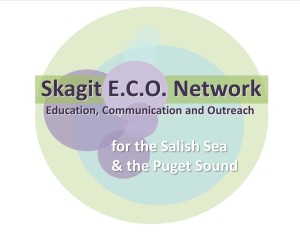 I have the privilege of presenting tomorrow to members of Skagit Conservation Education Alliance. Their mission is to to bring people together in the spirit of cooperation to protect, conserve and enhance the natural ecosystems in the Skagit Watersheds. My mission is to enlighten them on social media optimization!
I have the privilege of presenting tomorrow to members of Skagit Conservation Education Alliance. Their mission is to to bring people together in the spirit of cooperation to protect, conserve and enhance the natural ecosystems in the Skagit Watersheds. My mission is to enlighten them on social media optimization!
Outline of Presentation
1: Introduction
More on Strategy at socialbrite.org
It’s about the TRIBE (short of it at 6:52 – 9:06):
2: Which Tools?
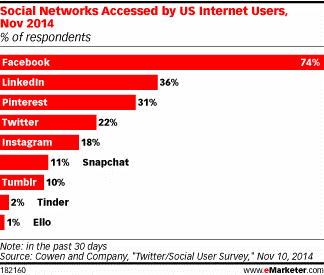 Who is your Audience?
Who is your Audience?
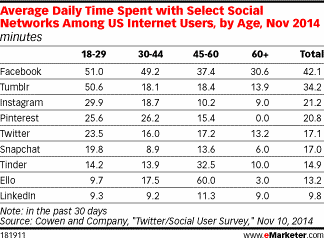
*Instagram Hits 300 Million Monthly Users To Surpass Twitter (dec 2014)
*71% of Snapchat’s audience and about 50% of Tumblr’s user base is made up of young adults 18 to 29. (nov 2014)
*Facebook is the top social network when it comes to daily time spent, with individuals averaging 42 minutes a day on the site. (nov 2014)
3: WEBSITE
– with integrated wordpress blog and social media (likes/sharing)
Wordpress/CMS, Responsive (google is now penalizing if your site is NOT responsive or you do NOT have a mobile plug-in), Clarity and Messaging, Clear Calls-To-Action, Donation Page, Peer-to-Peer Fundraising
*YOUR HUB **CONTENT – re-purpose
“Social Media is one piece of the digital marketing equation, and it has a specific role. This is critical for every non-profit to understand. It is not the ‘godsend’ nor the ‘enemy.’ It is one key piece of a three-pronged approach. Social Media is the ‘conversation driver’ that relies on other content. A non-profit’s website/blog should be the content center that offers substance and the full detail. As each new post is created, then email marketing is the mechanism of distribution to extend the reach of the content to the current community. When content is created and distributed, then social media comes in as a way to cultivate conversation, build and extend community, and harness the energy and passion of the non-profits mission. Too many make the mistake of shouting out the needs of their non-profit via social media, rather than seeing it as the conversation and community builder that it can be. When social media is used well within this 3-pronged online strategy, the entire digital marketing efforts of the non-profit are multiplied.”
PROS:
- Well organized (navigation)
- Clear call to action with the Donate and Act Now tabs featured in large font and bright green and red colors to stand out. The same calls to action are featured again in large blocks further down the main page.
- Visitors can also subscribe to their newsletter by entering their email address from the home page without having to scroll down
- Robust Content – photos, videos, new, reports, blog posts, publications.
CONS:
- Not Responsive
- Blog Not Integrated
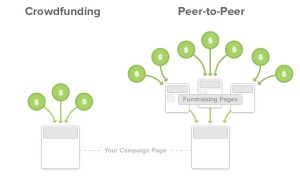 *Peer-to-Peer fundraising – Peer-to-peer fundraising a multi-tiered approach to crowdfunding. This means individuals can create personal fundraising pages for your cause’s behalf. This can feed revenue back to your organization as a whole, or to a specific campaign you’re running. Either way, the individual shares his or her page with friends, family and community members for donations (hence “peer-to-peer”).
*Peer-to-Peer fundraising – Peer-to-peer fundraising a multi-tiered approach to crowdfunding. This means individuals can create personal fundraising pages for your cause’s behalf. This can feed revenue back to your organization as a whole, or to a specific campaign you’re running. Either way, the individual shares his or her page with friends, family and community members for donations (hence “peer-to-peer”).
4: INSPIRATION
7 Inspiring TED Talks to Rejuvenate Your Nonprofit’s Social Media Strategy
Use Social Media for New Work
“I wish nonprofits would use it as a platform for new work, not a way to hide from doing the old work.”
–Seth Godin, New York Times Bestselling author and inspiring business artist
Focus on Being Useful
“Like most businesses, non-profits tend to look at social media as a money-first or money-only channel. So I would recommend they temper the expectations that social is about fundraising and just focus on being a resource, useful and/or entertaining to their core audience. Make people happy with your content. The donations will come.”
– Jason Falls, Founder SocialMediaExplorer.com
Use Visual Stories
“Using visual stories: That is taking pictures and posting them on sites like Instagram, Facebook, Google+, Pinterest, etc. and then writing the story behind it. They could also take videos where the story is and recite it as it plays.
I have seen dog shelters do this. They take videos of dogs that came to them in very bad conditions and were then nursed back to health. It’s a complete story. Told visually.”
– Mitt Ray, Founder Social Marketing Writing
Use Social Media Year Round
“I would say consistency is so important. I often see non-profits only when they have an event or a campaign they want you to be involved with. I think they could increase awareness and response if they worked on building the relationship throughout the year.”
– Katherine Salt, Social Media Consultant at Marketing My
Create a Volunteer Social Media Corp
“Create a volunteer social media corp. For nonprofits to be really effective at social media, the first step is teaching your volunteers to amplify your messages. By ‘amplifying,’ I mean sharing with their own social profiles and connections, not speaking on behalf of the non-profit. To do this well, you’ll want to create some method of getting the word out to the volunteers when you have content that needs sharing. You can use a service like GaggleAmp or create a Facebook group or Google+ community.
“As you start to see that some individuals are more adept than others, you might want to start training them to actually become community managers. Even if in a group of volunteers of, say 10 people, each person took one hour per week, it could have an enormous impact on your social media communications. To read more about this approach, check out my blog post on Social Media Today.”
– Ric Dragon, CEO DragonSearch
Leave Gaps & Be Vulnerable
“One lesson that I’ve learned is when asking for help is to leave gaps.
Let people a place they can help and make a difference.
People are more willing to help if you look like you need it and if they can see gaps that they can help with.
– Nick Kellet, Co-Founder of List.ly
Harness the Amazing Energy of Others
“Non-profits must find a way to tap into and utilize the passionate amateurs who surround their brands. Frequently, there are people who are more than willing to donate their time and expertise to your cause. Find a way to tap into their energy and put them to work. Ask them to attend events and shoot photos or video. Invite them to blog. Hold a monthly meeting and ask for their ideas. These people represent a powerful force with amazing energy just waiting to be tapped into. What are you waiting for?”
– Sean McGinnis, Founder 312digital
Keep Social Media Usage Visual
“One thing I wish nonprofits would get right about their social media is knowing that it is important to have a visual focus when it comes to marketing your content. It’s easy to get overwhelmed with sharing content on Facebook, Twitter, Google+ etc that highlights links, text or video but in the end it is vital that a major focus of all these channels is to share visuals over all other types of content.
“A study conducted by psychologist Albert Mehrabian showed that 93% of communication is nonverbal, since visuals can be processed by the mind 60,000 times faster than text. With this in mind, it’s crucial to tell the story of your mission using appealing visual elements across all of your social platforms.
A helpful article on how nonprofits can focus on the visual elements of their social strategy is 5 Ways to Get Visual on Social Media.”
– Brian Honigman, Digital Marketing Executive at Marc Ecko Enterprises
Be Social!
“I wish that nonprofits would get that social media is social. So many nonprofits broadcast only. It’s like they are standing on the balcony, shouting their message onto the people below. A few nonprofits get down and walk into the crowd. They speak to people one on one and in small groups. They talk normally. They are social. Those are the nonprofits I actually connect with using social media.”
– Becky McCray, author Small Town Rules
Invest in Good Design
“What I really like is seeing nonprofits investing in great design. It really stands out about other nonprofit websites and helps people more easily connect with their cause.”
– Cindy King, Director of Editorial at Social Media Examiner
Humanize
“The 1 thing I wish nonprofits “got” about social media is how to humanize the purpose of their cause.”
– April Ennis, Social Media Consultant
Share
“Let the folks who give be part with their hands and minds – not just their hearts and wallets. We’re not the only ones with great ideas. We’re not the only ones who can get things done. Let them participate fully and they will own what they do, protect it, and love it too.”
– Liz Strauss, Co-Founder SOBCon (and on Forbe’s list of Top 10 Women Social Media Influencers)
Become a trusted member of your community
“Make a sincere effort to become a trusted member of your community – to become one of them. What this means is pouring sweat, tears and love into listening and demonstrating how much you care – with replies on blogs, Facebook and Twitter. It means expressing appreciation for your community to the point where it almost seems like the community and the cause comes way before your organization. When this is done correctly, it always results in increased donors, volunteers and revenue. All that’s required is time, consideration and trust.”
– John Haydon, Author “Facebook Marketing for Dummies”
Develop From Within
“The biggest thing is that they can no longer ignore it.
The web is now a connected one and that means that every nonprofit must add interacting and storytelling into their marketing and fundraising initiatives. Relying on only phone calls, fund raisers and direct mailings is no longer enough.
They need to bring in new blood to help them determine how best to approach social media. There are no cookie cutter solutions, so it is important to develop from within.”
– C.C. Chapman, Author “Amazing Things Will Happen”
Tell Your Story
“Telling their story, it’s baseline, basic, who do they impact and how? Show me how you are changing the world…”
– Joe Hackman, Founder of Managed Solutions
Unforgettable
“I wish more non profits focused on understanding their donor, and creating a positive unforgettable donor experience; whether it’s their website, email marketing or engagement on any social platform.”
– CASUDI, Principal & Solution Specialist at ESSE GROUP
Part of a 3-Pronged Strategy
“Social Media is one piece of the digital marketing equation, and it has a specific role. This is critical for every non-profit to understand. It is not the ‘godsend’ nor the ‘enemy.’ It is one key piece of a three-pronged approach.
Social Media is the ‘conversation driver’ that relies on other content. A non-profit’s blog should be the content center that offers substance and the full detail. As each new posted is created, then email marketing is the mechanism of distribution to extend the reach of the content to the current community. When content is created and distributed, then social media comes in as a way to cultivate conversation, build and extend community, and harness the energy and passion of the non-profits mission. Too many make the mistake of shouting out the needs of their non-profit via social media, rather than seeing it as the conversation and community builder that it can be.
When social media is used well within this 3-pronged online strategy, the entire digital marketing efforts of the non-profit are multiplied.”
– Mike Gingerich, Co-Founder TabSite
Do Interesting Projects
“I wish Non-profits would realize that if you take risks and do interesting projects leveraging technology in innovative ways, social media will take care of itself.”
– AJ Leon, Nomad and Doer of Good
Make It Easy to Share Your Story
“I wish non-profits understood their stories are powerful, and the more rich the quality of the story, the more it will touch the lives of those you serve, and those you want to sponsor your organization. As much as you can, do video stories. If not video, do audio. If not audio, do a photo and text.
Tell me a story, get me involved, and help me see myself in your story. You can always make the richness smaller (videos can be converted to audio which can be converted to a photo and text) but it’s harder (and more expensive) to scale that up. Let your audience choose which format they want to consume – and which one they want to share.
Make it as easy as possible to share in whatever way I want to, and don’t worry about people stealing it. If it’s any good, they will steal it, they will rip it off, and they will riff on it. Embrace that.”
– Phil Gerbyshak, Chief Connections Officer, Milwaukee Social Media
The Power of Conversations
“The one key thing that I wish non profits understood better about social media is the power of conversation online and the art of telling real, human stories. Conversation is powerful. Sharing real human stories can be the difference that people need to understand and get behind supporting an issue. For example, the incredible work that Mark Horvath of Invisible People does by sharing video conversations with people who are facing homelessness has been invaluable in raising awareness related to the true epidemic that communities in Canada and the United States face related to this issue. That said, not every organization necessarily needs to make videos. How about gathering community stakeholders in Google+ Hangouts to discuss issues and solutions? What about using a tool like Audioboo to record the audio of key discussions, educational events or other important storytelling moments? Sometimes audio can be more engaging than video because it requires people to create images in their own mind’s eye.
There are amazing possibilities for non profits when they use social media tools in creative ways. Conversations and stories matter because we can all relate to them.”
– Jane Boyd, CEO 45conversations
Relationships are Primary
“In the nonprofit sector, relationships matters most: the relationships with the members, donors and supporters that NPOs depend on for volunteers, financial support and cause advocacy.
Storytelling is the best way to get attention of people on social networking sites. These stories emotionally connect people and they share them instantly. These actions not only create awareness among a mass audience but it ultimately helps NPO to raise funds and help people in a cause. One nonprofit really effective at this is NOT FOR SALE, an organization founded by David Batstone.
The second thing is to attract influencers to promote a cause; these influencers include celebrities as well. People are ready to act when their favorite influencer endorse something. Sharing visual content, both videos and stills is also an important tactic to go viral on social networks; visual content delivers a thought fast. For more, read Brian Solis’ post Social Slacktivism: How to use social media to promote human rights and social justice.”
– Muhammad Saad Khan, Social Media Consultant & Activist Fighting Human Trafficking
Before and After
“The one thing I wish nonprofits got about social media is that telling true before/after stories is a million times more compelling than kitty pics. Seriously.”
Lori Randall Stradtman, author of Online Reputation Management for Dummies
Q&A
Difference between Social Marketing & Social Media
Social Marketing is an approach used to develop activities aimed at changing or maintaining people’s behavior for the benefit of individuals and society as a whole.
Social Media – Websites and applications that enable users to create and share content or to participate in social networking.
TIPS
25 Non-Profit Twitter Tips
Facebook Shares Best Tips for Non-Profits
Facebook Resource Center
Hashtags

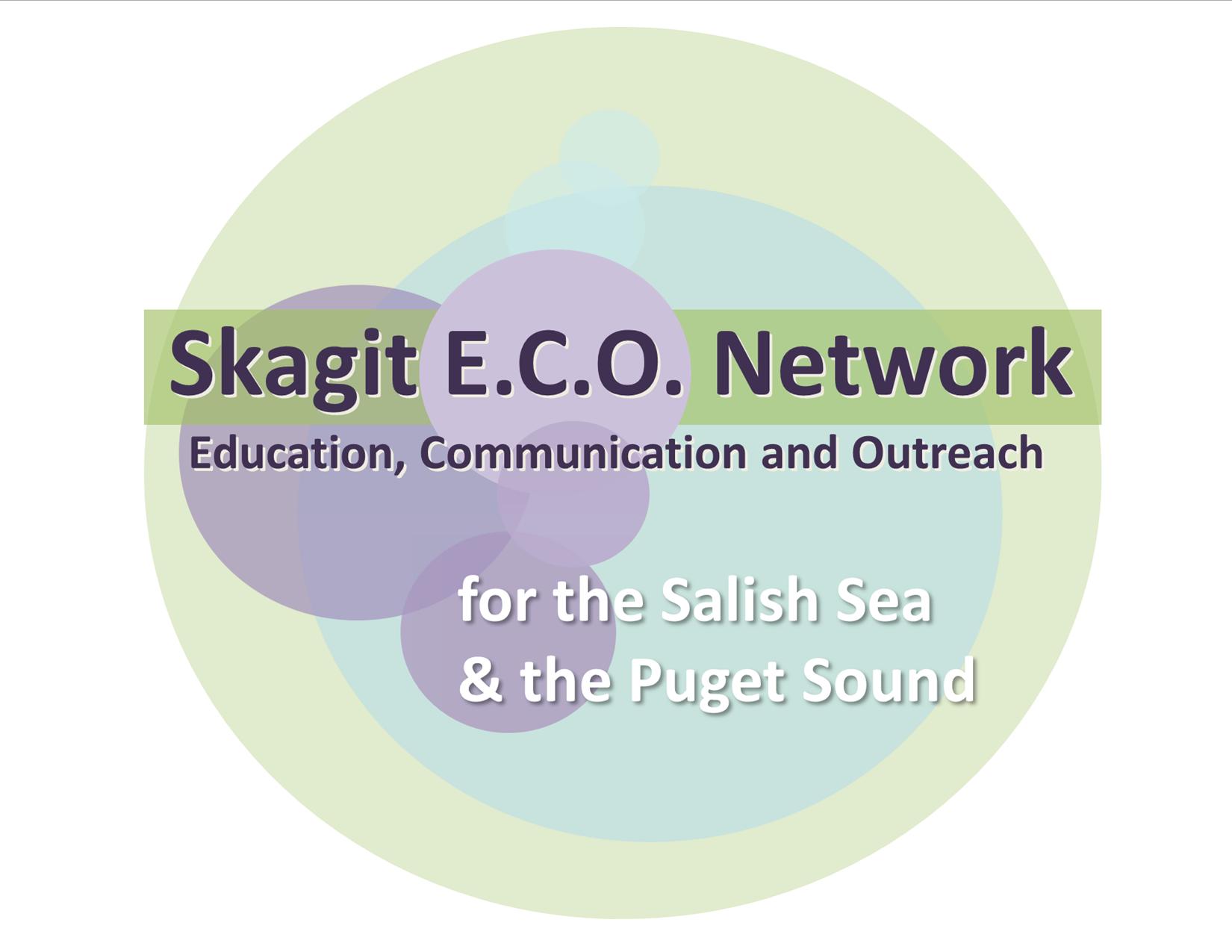


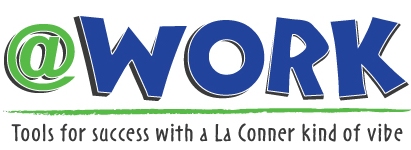
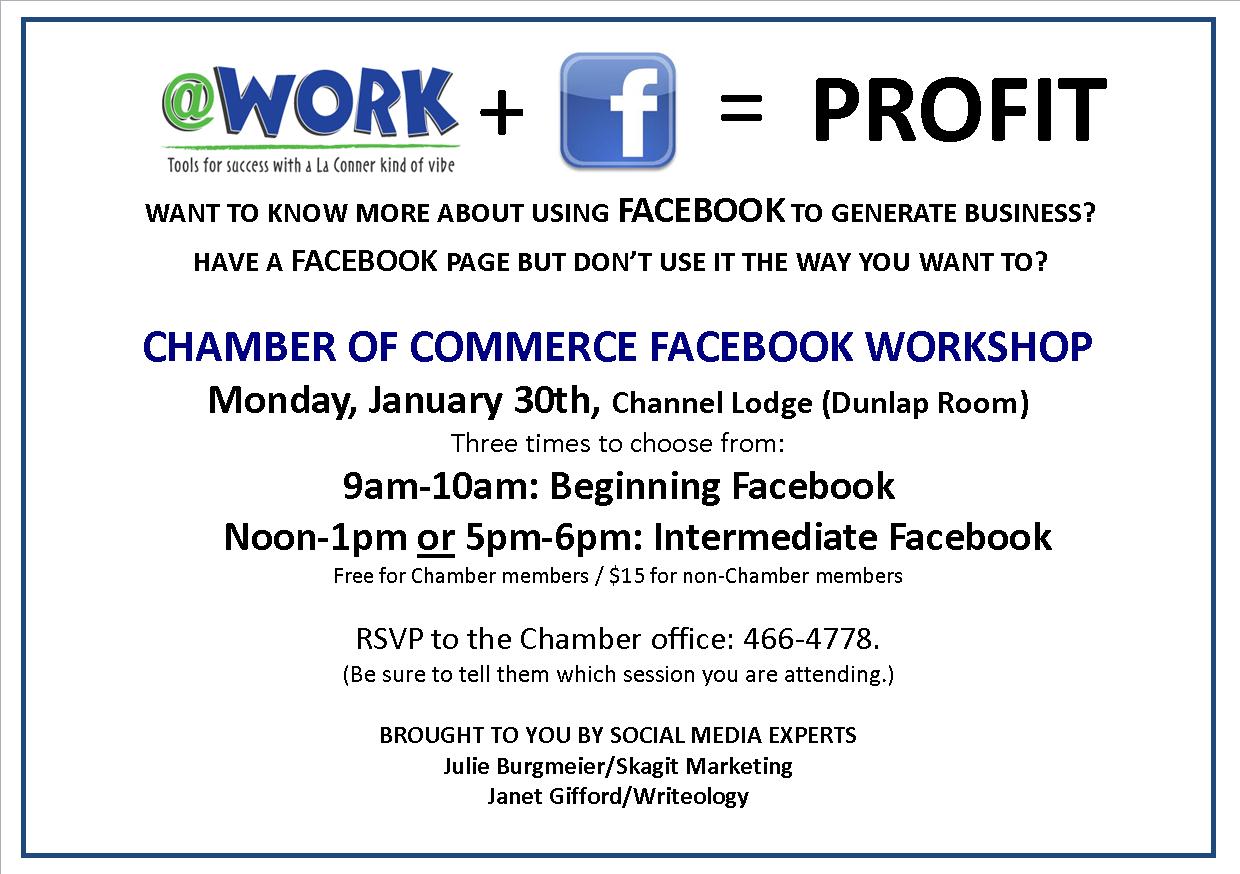
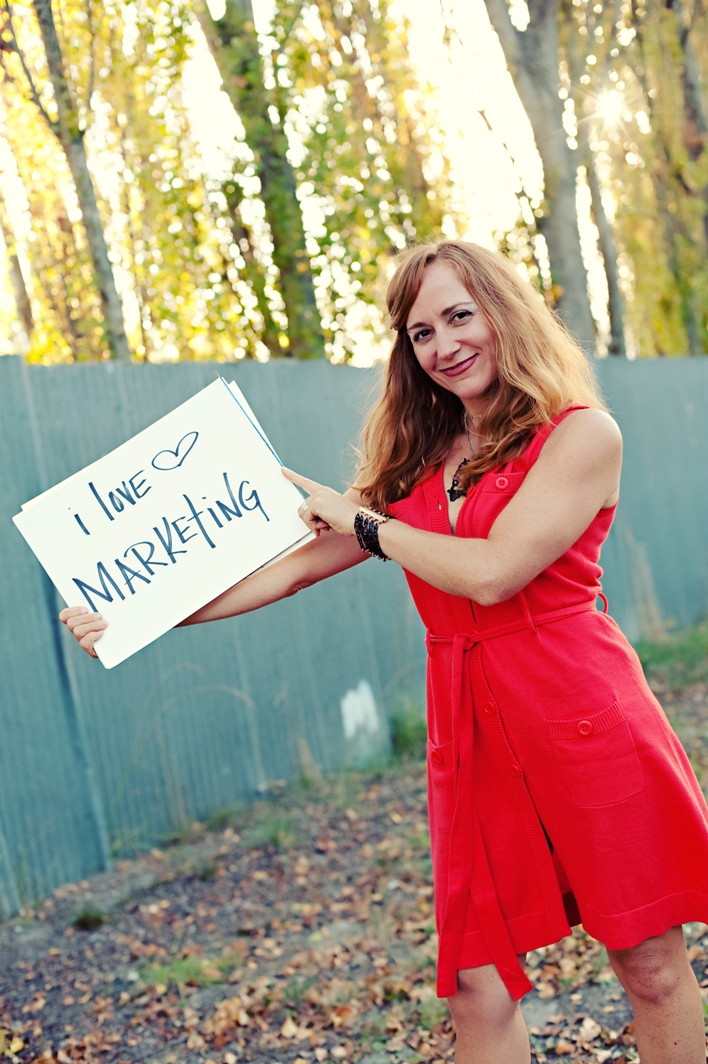
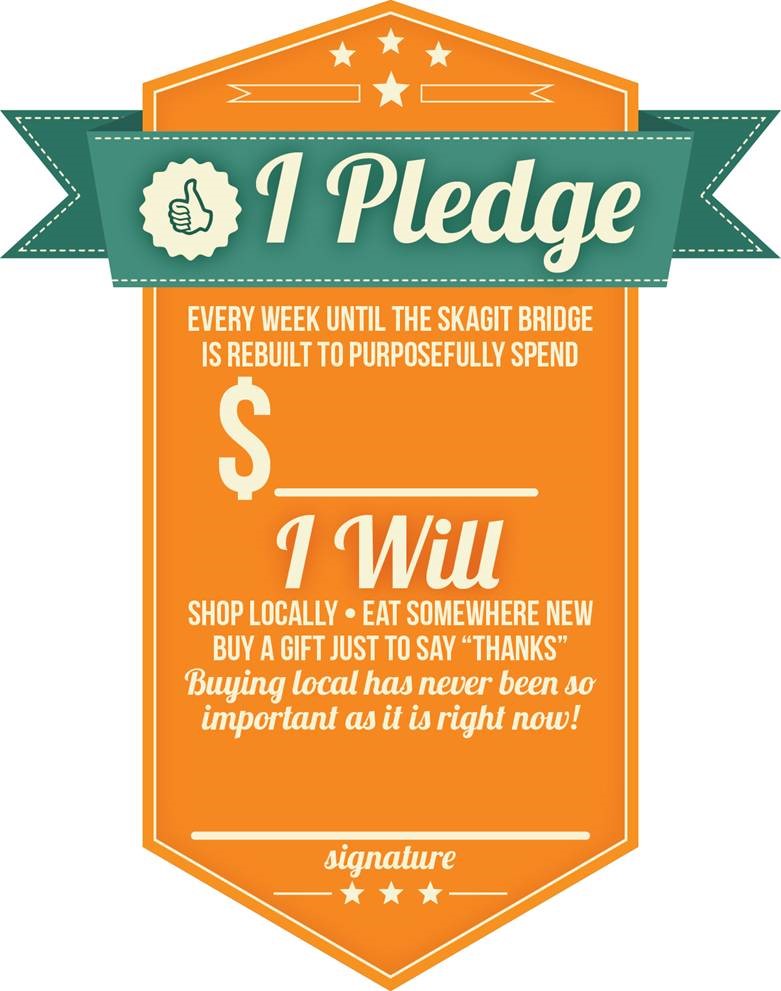
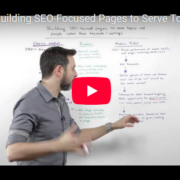

Leave a Reply
Want to join the discussion?Feel free to contribute!